The Cayambe-Coca National Park is located in the inter-Andean region of northern Ecuador and has a great diversity of landscapes and ecosystems. Some places that you can visit in the park are:
Some things to keep in mind…
Visiting the park has no cost. You just have to register within the hours that the park is open to the public.
Cayambe-Coca National Park has three separate entrances: You can go through Cayambe in the province of Pichincha (to enter the volcano and its glacier), through Papallacta in Napo and the eastern slopes near Lago Agrio in Sucumbíos. The interesting thing is that each of the entrances offers access to a different ecological region.
Cayambe Entrance: From the city of Cayambe you must take a second-order highway Juan Montalvo – El Hato – Pie Monte that leads to the refuge. This section lasts approximately 45 minutes until reaching the checkpoint. To be able to go up to the shelter you need to have a 4×4 car and 4×4 tires. If you do not have a 4×4 car, you can choose to hire a van taxi service from the entrance of the Refuge.
Oyacachi Entrance: You have to take the road to Cangahuapor 40 kilometers on a second-order road until you reach the Control Point.
San Rafael Waterfall: You have to get to Chaco and from there drive to the entrance to the waterfall for 50 kilometers.
Cayambe Volcano
The surface of the Park is part of the so-called Pacific Ring of Fire as it is considered an area of high natural risks such as volcanic eruptions in the case of the active volcano, “El Reventador”. Cayambe is the third highest volcano in Ecuador and climbing it requires mountaineering knowledge and experience. However, the effort is definitely worth it because at the top you can appreciate the landscape of the northern hills of Quito and surrounding cities and lagoons such as Lago San Pablo and Laguna Cuicocha.
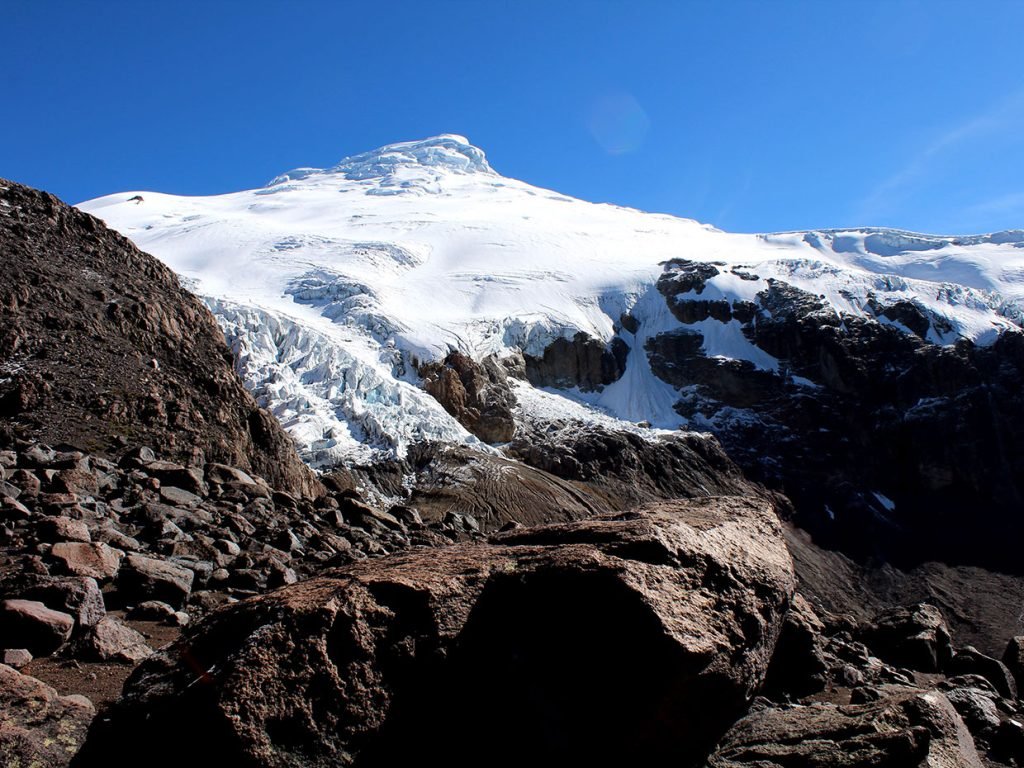
Reventador volcano
The surface of the Park is part of the so-called Pacific Ring of Fire as it is considered an area of high natural risks such as volcanic eruptions in the case of the active volcano, “El Reventador”. Cayambe is the third highest volcano in Ecuador and climbing it requires mountaineering knowledge and experience. However, the effort is definitely worth it because at the top you can appreciate the landscape of the northern hills of Quito and surrounding cities and lagoons such as Lago San Pablo and Laguna Cuicocha.

Slopes of the Reventador volcan
San Rafael Waterfall
It is one of the highest waterfalls in Ecuador and is located on the border of the national park. To get to it, you must walk along a path surrounded by vegetation.
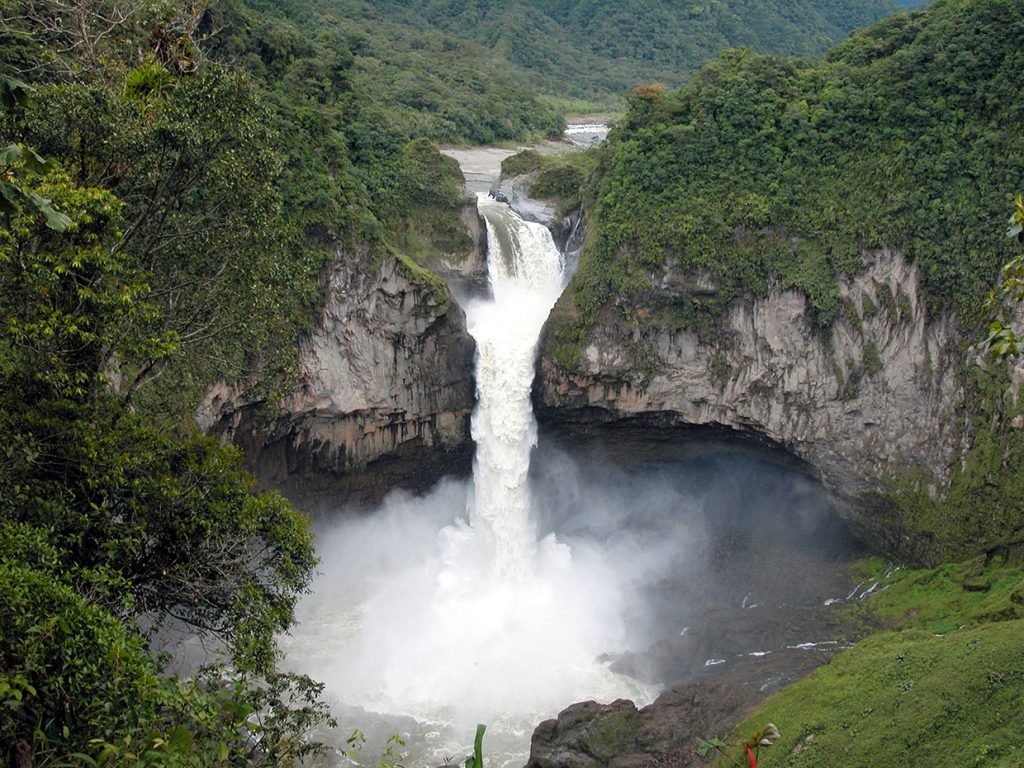
Polylepis forest
It is a forest of trees of the high Andean genus Polylepis, unique in the world and characterized by their thin bark and twisted appearance. In
Ecuador it is known as the paper tree or in Argentina as tabaquillo. This forest is a habitat for a large number of birds.
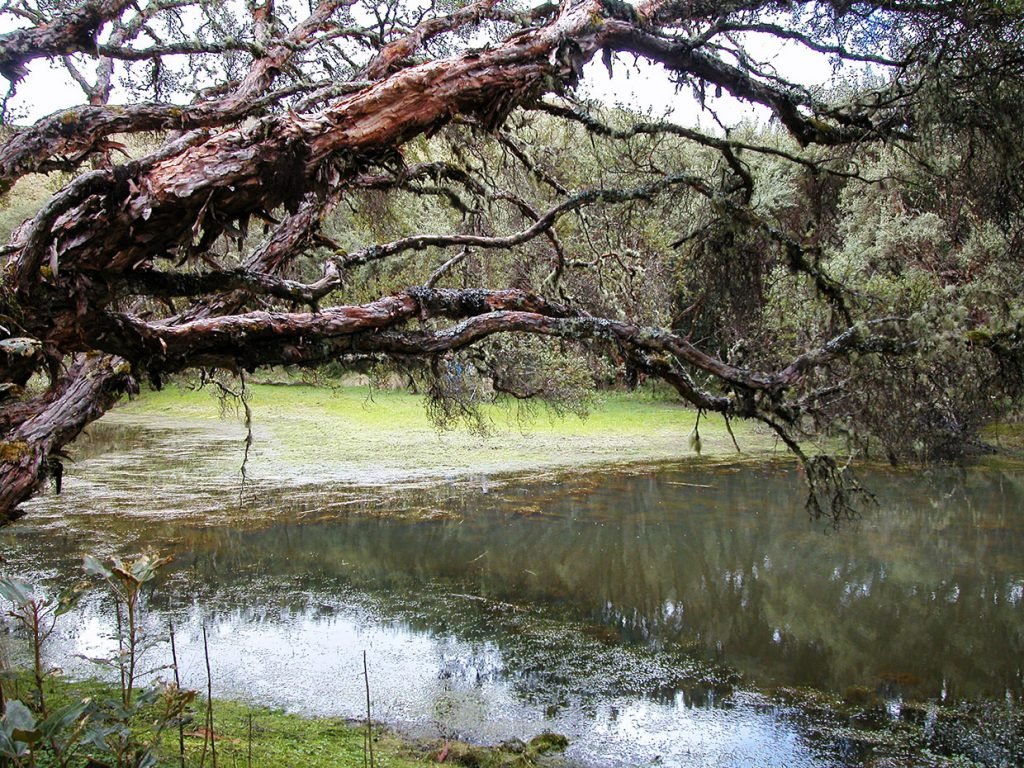
San Marcos lagoon
This lake is one of the largest in the park and if you like fishing it is ideal for trout fishing. It is also a great place for bird watching.
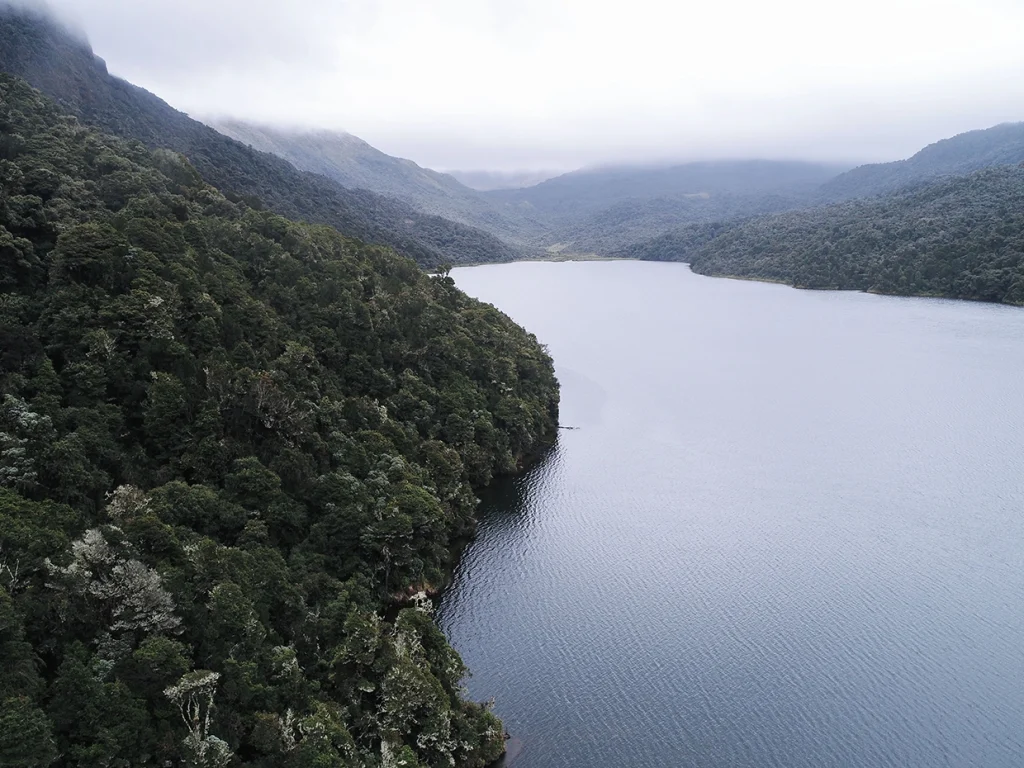
Papallacta Hot Springs
The town of Papallacta is located between the Cayambe volcano and the Antisana volcano, which is the heat source of the hot springs. You can arrive from Quito on your own or take an organized excursion.
The temperature of the hot springs varies between 30 °C and 70 °C depending on the distance they have from the source of the spring.
The Papallacta hot springs are known for their health benefits, although pregnant women and people with skin conditions are not advised to enter the sulfur water pools.
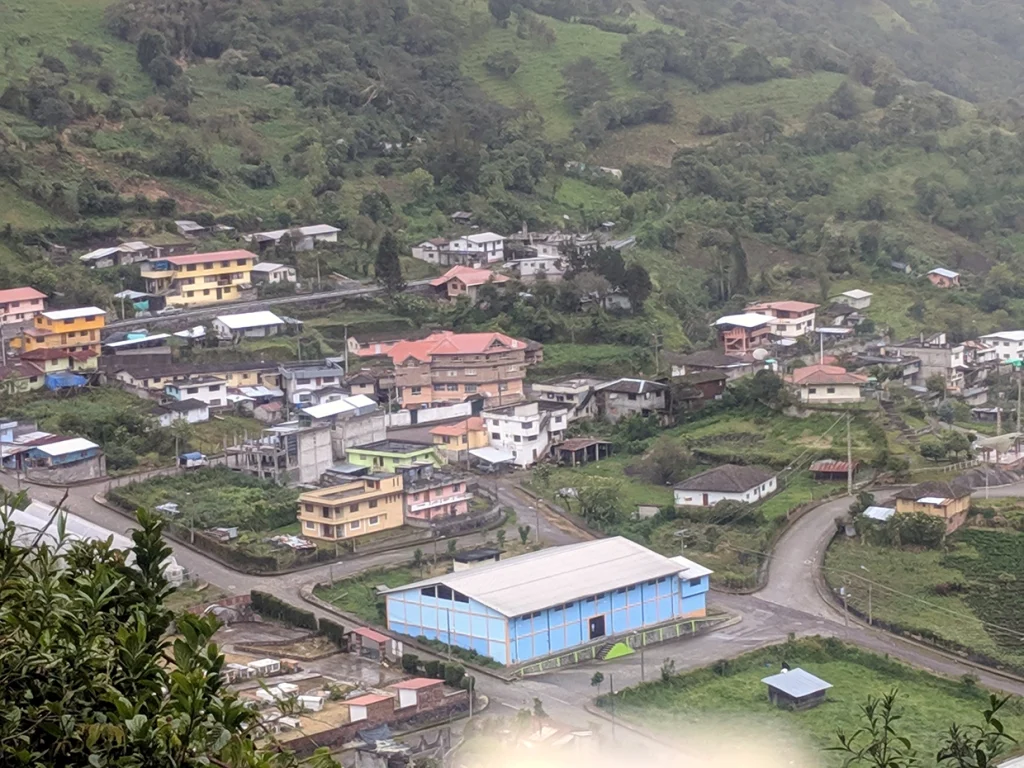
Original communities
The park is home to several indigenous communities that maintain their ancestral traditions and customs, and offer visitors the opportunity to learn about their way of life.
The Kichwa of the Oyacachi community on the western side of the Andes Mountains and the Cofán of the Sinangué community in the province of Sucumbíos.

FAQs

How’s the weather?
The climate varies depending on the altitude from 5 to 25 ° C.
How to get?
FROM QUITO: Take the North Pan-American Highway until you reach the city of Cayambe (78 km)

We hope this information is helpful for your visit to the Cayambe Coca National Park. Enjoy your stay there!


